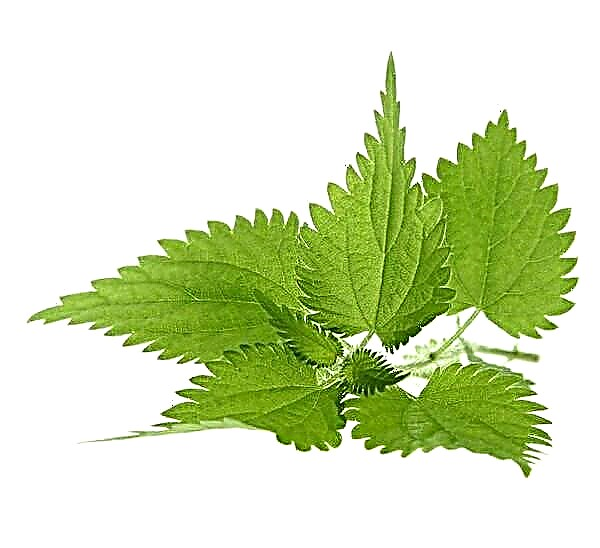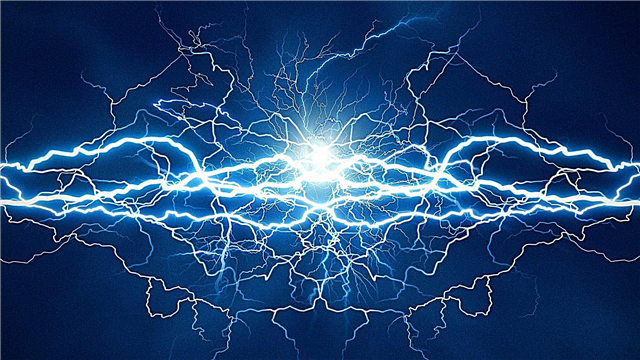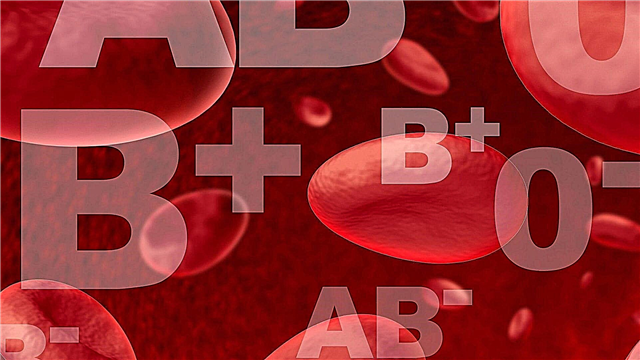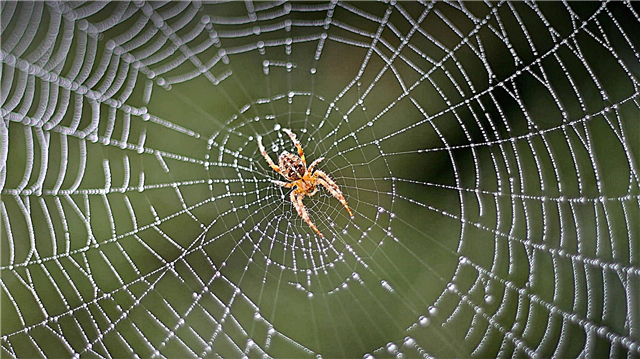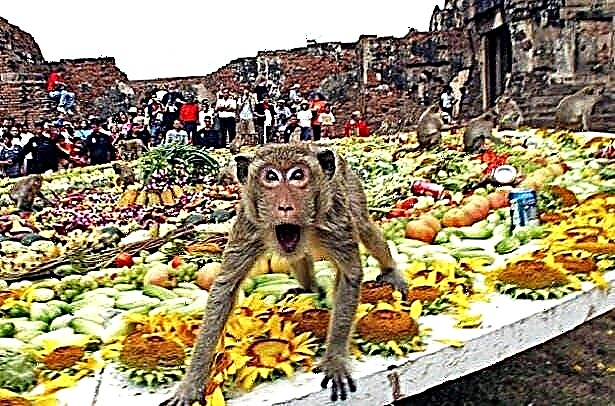
Chewing gum (eng. People have long liked to chew something, because the progenitors of modern chewing gum can be found in all corners of the world.
The first known chewing gum was found in Finland during excavations of a Neolithic settlement over 5000 years old. Then it looked like a sweet vegetable resin with additives of berries, honey and other flavoring fillers, which could only be chewed. Today, bubbles can be inflated from it, stretched and glued to surfaces, without even realizing its origin and composition. So how is chewing gum made?
What is chewing gum made of?

For the preparation of chewing gum, a non-edible base and flavoring fillers are taken. The base used to consist of wood resin, but now it is made from a mixture of special plastic and rubber. For smell and color take flavorings and food colors. All ingredients are selected in such a way that even with the complete chewing of chewing gum, the human body is not harmed. It is not affected by digestive juices, therefore, even with complete passage through the gastrointestinal tract, the chewing gum remains intact.
Interesting fact: Modern chewing gum was first patented by a dentist in the United States in 1869. It was created for more convenient brushing from plaque after eating. A sweet inflatable chewing gum for children in the form of balls of all colors and sizes was patented in 1928 by the American Walter Dimer.
Chewing gum

A base in the form of balls with a diameter of 15 - 20 mm is brought to the factory for the production of chewing gum. It has a solid structure, therefore, does not stick together and remains in friable form. Depending on production capacities, from 100 kg to 10 tons of the base is poured into a large mixer and powder flavorings with dyes are added. As soon as the mixer is full and begins to work, glucose syrup is poured into the mixture to sweeten the chewing gum and give it an elastic soft structure. To obtain the necessary sweetness, dextrose is additionally added to the mixture.

The mixture is stirred with rotating blades for about 20 minutes, while the chewing gum gradually heats up, becoming a pasty and homogeneous consistency. The finished mass is unloaded into a cart and delivered to the press for preliminary extrusion. A large bulky lump under pressure is passed through several small holes and a long tape is obtained. Narrow strips immediately go to the main press, where they get their final shape.

Depending on the characteristics of the finished product, a variety of nozzles are installed on the press, which make it possible to obtain the necessary thickness and shape of the chewing gum. So that the tape does not stick to the wrapper, it is passed through the freezer for 2 minutes and sent along the conveyor to the cutting stage. Sharp knives cut the tape into identical pieces, and a special mechanism immediately packs them in a wrapper.
Quality checking

Finished products go to the robotic packer.Employees of the Quality Control Department look at the finished chewing gum going on the tape and select the one that does not meet the standards. In large industries, automatic computerized installations are used for additional control, which with the help of a laser and an air gun remove inappropriate products from the conveyor belt. Ready-made gum is packed in plastic bags or cardboard boxes and sent to supermarket shelves.
Thanks to modern technologies, they create a unique confectionery product from a chewing base and flavors that turns ordinary life into a small celebration of joy and fun. Sweet chewing gum pleases with its taste and large bubbles of adults and children of all ages.






